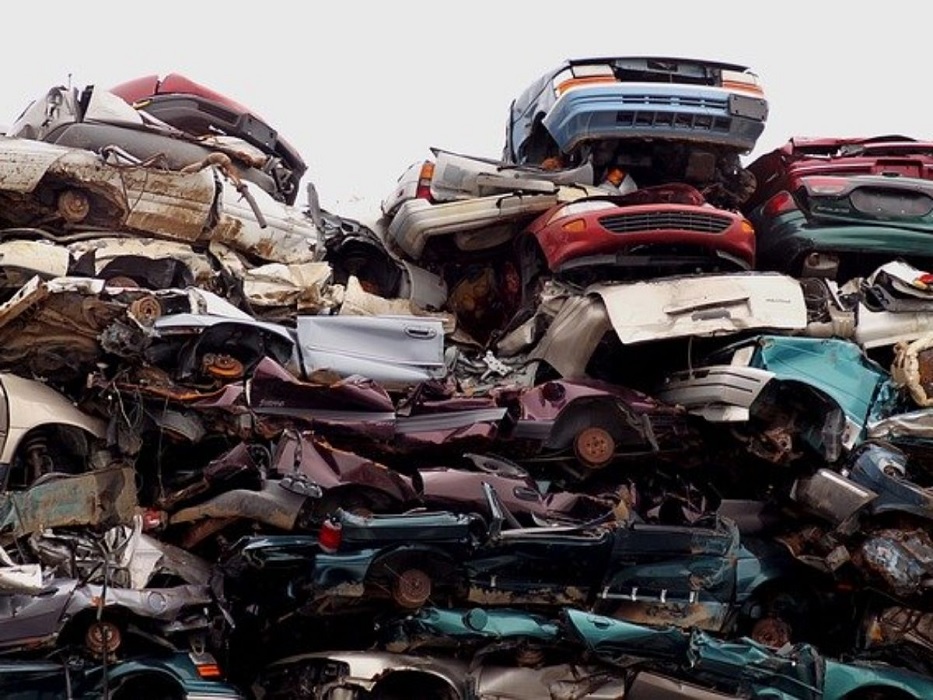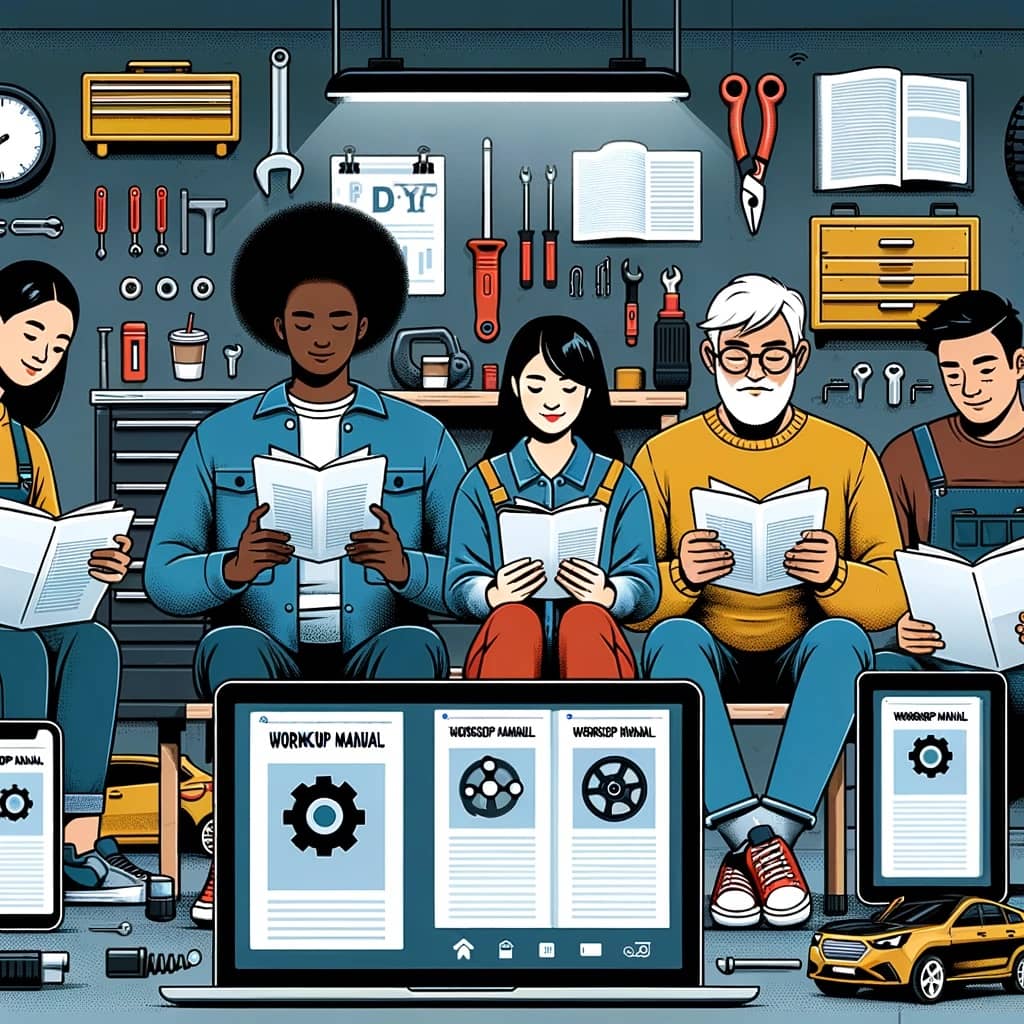According to a detailed research by the Car Partnership, with input from the Automotive Recyclers Organization and the Institute of Scrap Car in Singapore Industries, greater than 95 percent these days’ vehicles go through the recycling procedure.
Within the battery itself, a lot of the lead– more than 99 percent– can be melted and recycled in similar way as steel, the plastics can be reprocessed, and the sulfuric acid can be counteracted or exchanged a product used in laundry cleaning agents and various other items.
Reprocessing Crossbreed and EV Batteries
At the actual end of their use, those batteries can be disassembled and reprocessed into their component parts, on the model of typical automobile batteries. The information, nonetheless, are rather different.
The bigger, more complicated physical structures of the battery loads, in addition to their nickel-metal hydride or lithium-ion makeups, require even more sophisticated recycling processes. That said, compulsory recycling of these batteries in Europe and Asia has pushed automakers to do something about it not just there, yet also in the United States.
The recycling sector is moving towards developing requirements for managing EV batteries, which already are being reprocessed for a number of their component parts. Perhaps most significantly for the atmosphere, these batteries consist of rare-earth metals, such as neodymium and dysprosium. Both can be difficult to discover and pricey to process, so recycling them from older batteries and using them in newer ones is crucial.
Other Recycled Parts
Vehicle Fluids
Every automobile has a number of liquids that are essential to the correct performance of the car. Gas, engine oil, brake liquid, power steering fluid, transmission fluid, and coolant are all relatively easy to examine, top off or replace. They are, nevertheless, harmful to the atmosphere, and need to be strained from the automobile before it can be taken apart. A few of these fluids are combustible also, which can be really hazardous in the reprocessing procedure or if the liquids are stored or delivered poorly.
Mercury Switches
Recently, regulations have been passed to make sure that mercury switches are gotten rid of from cars before they go through the shredding process. Mercury buttons are small buttons that open and close electrical circuits, and they do so through a small amount of mercury within them. In cars, they were frequently used for lighting, specifically the trunk light controls, but they were likewise used in anti-lock stopping systems. Their use has been terminated in new automobiles since 2003.
Plastic Automobile Parts
The plastic parts of old automobiles require to be separated during the shredding process, or removed beforehand and required to reprocessing centers. These parts consist of dashboards, lights, bumpers, and gas storage tanks, among others. They are melted down and changed into new plastic products. If any one of these parts are re-usable, they can be marketed to the regional automobile repair shops or automobile proprietors thinking about getting them.


